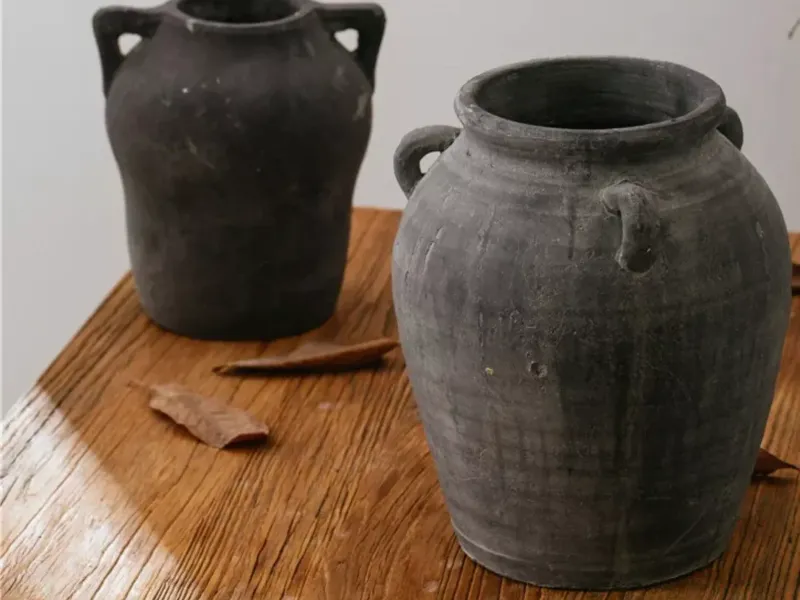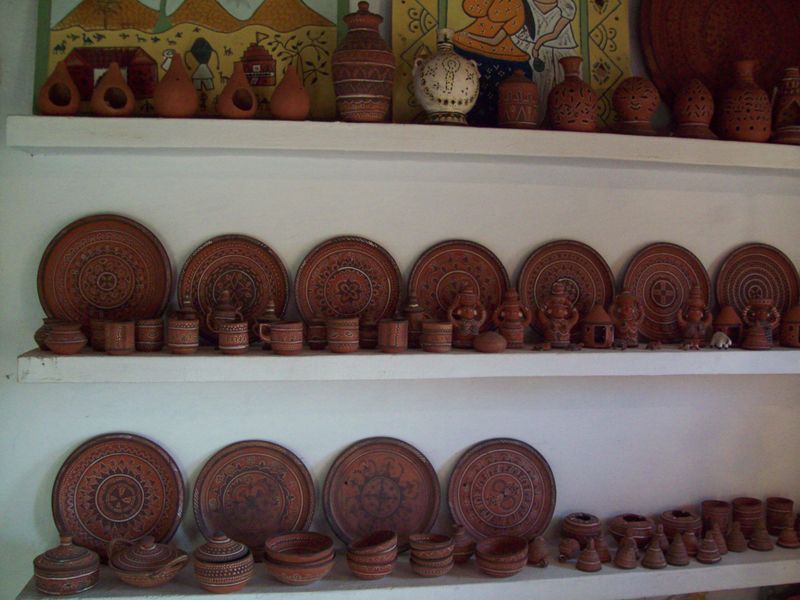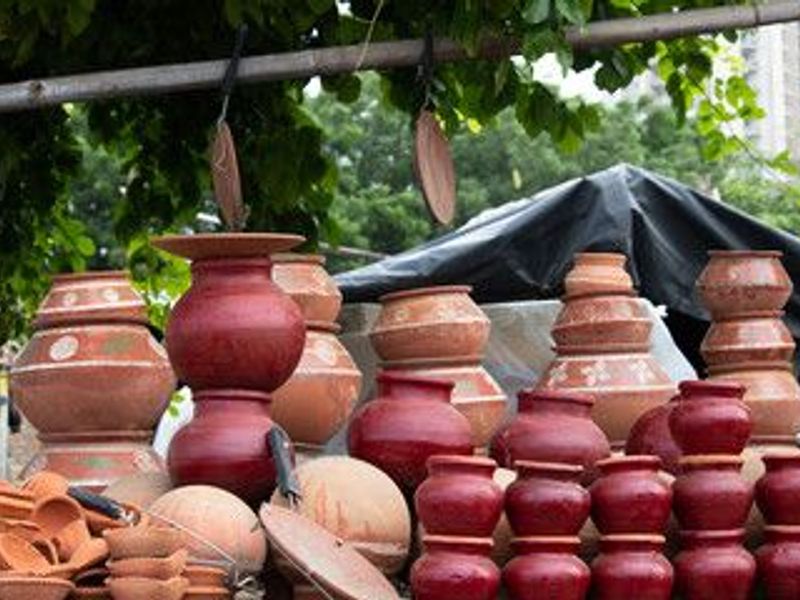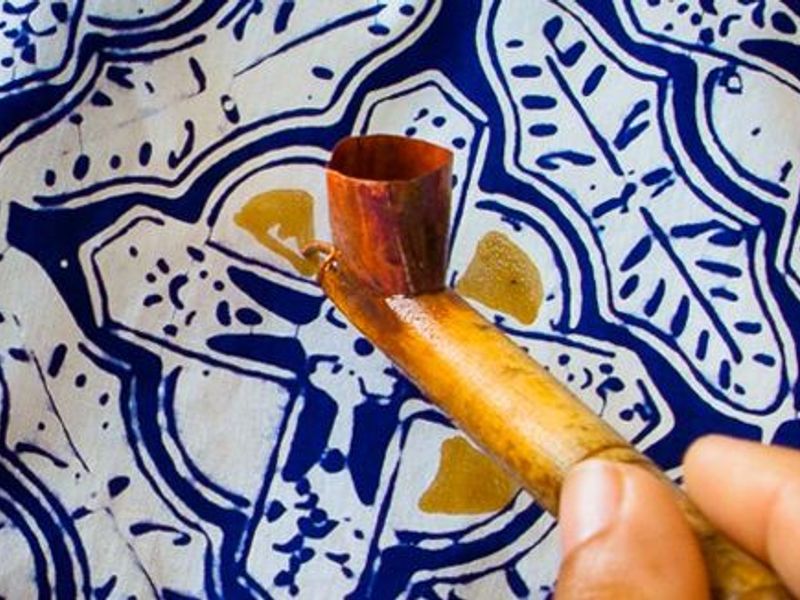
Your Cart
History Of Clay In Indian Artforms
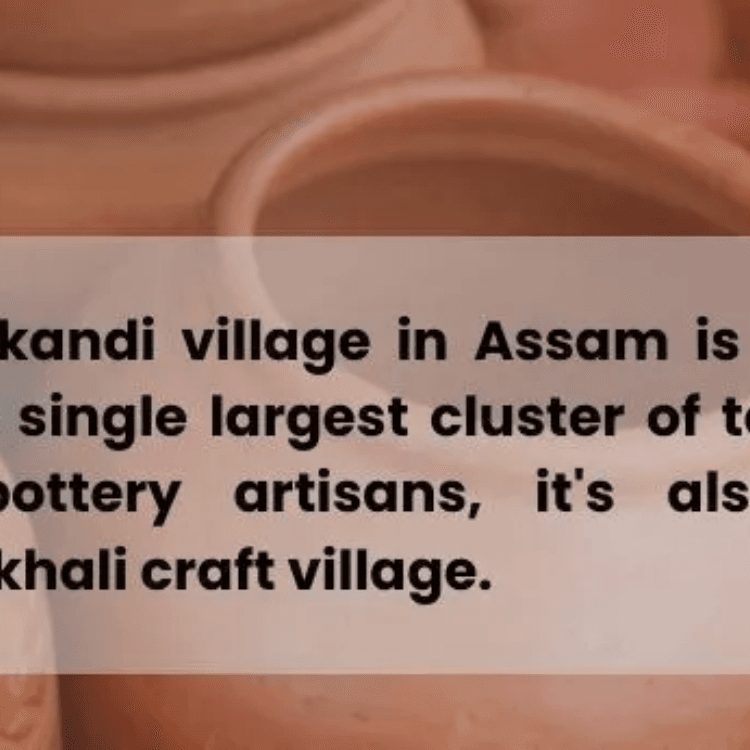
In India, clay crafts have a rich tradition that dates back more than a thousand years. The Indus Valley Civilization's clay pottery artefacts prove that there were skilled potters practising in ancient India. Pottery is one of the most recognizable and tangible elements of Indian art. This art form is a cultural practice even today. It garners a better understanding of the present society and makes it possible to visualize the past. It can be used by prehistorians to date the excavation sites and identify several different cultures. Sit tight and dive into the world of the history of clay in India with Rooftop!
Black Clay Pottery (_Uttar Pradesh_) ------------------------------------
The black clay pottery of Nizamabad in Azamgarh district most likely hails from Kutch's cultural tradition, when the potters migrated to Uttar Pradesh during the rule of Aurangzeb. The pottery is made from natural, delicate clay that is locally produced. The pieces are thoroughly cleansed with vegetable residue before being entirely coated with mustard oil. After being carved with patterns and designs using sharp sticks, the pottery is smoke-burned using rice husks in small burners, leaving a glossy black colour. The designs are then filled with a silvery powder made of zinc, mercury, or other metal amalgams. Most of the pieces are for cutlery, religious statues, and ornaments.
Khavda Pottery (_Gujurat_) --------------------------
Remarkably, the Khavda pottery style resembles the pottery found from Harappa and Mohenjo Daro, which dates back to 5,000 B.C.E. Men shaped the 'rann ki mitti' into ornaments and utensils. A slight wash of the soil, 'geru', is applied to the pottery after baking to give it a soft, warm colour. The pieces are then painted by women using bamboo sticks and clay-based paint in shades of red, white, and black. Mostly, the designs are inspired by the beauty of nature. Abdul Ibrahim, his wife Rahima, and his mother are the sole artists who are still actively working to preserve its culture and tradition.
Terracotta Pottery (_West Bengal_) ----------------------------------
The Kumbhakars are Bengal's oldest community of potters. Terracotta pots, toys, sculptures, wind chimes, and temple panels are just among the products they create. However, once a burnt red wash is applied, the terracotta pieces are deemed to be finished. Yet you may still find some beautifully painted items at craft fairs and exhibitions. They feature scenes from epics, the natural environment, and folklore. Since the Kumbhakars often employ a clear division of labour, the majority of the finishing touches are done by women. Men spin the wheel and manufacture the products, while women create the rounded bottoms of pots, smaller figures, and dolls, and paint bright themes on them.
Molela Murtikala (_Rajasthan_) ------------------------------
The Molela Murtikala art form, which makes devotional clay idols used on flat surfaces like tiles and plaques, has gained popularity within the local artistic community. At the beginning of every year, the local tribes traditionally purchase exquisitely decorated clay plaques from these potters. When a priest is present, the act of purchasing is considered to be sacred. This often depicts the pictures of the local deities-Devnarayan and Nagaraja, each of whom is associated with a specific colour. They also create these with different themes in addition to the religious aspects. The votives, which are replaced annually, are meant to guard the tribe's members against misfortune. Particularly, in Rajasthan, Molela Murtikala is popular during the festival of harvest seasons.
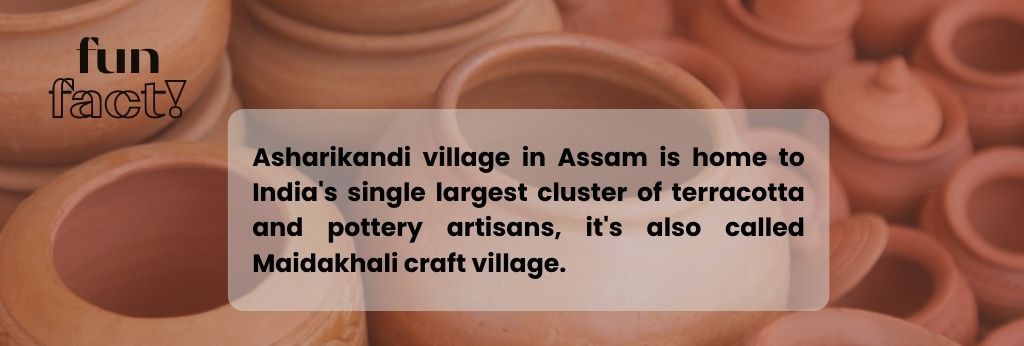
Here at Rooftop, we believe in assisting you in discovering your creative side by offering you a variety of art workshops that enable you to pick up new techniques and broaden your horizons. Check out these workshops then register here!
Still inquisitive about art? Join us on Instagram @rooftop_app for all the latest updates and download the Rooftop app available for both iOS and Android devices.
